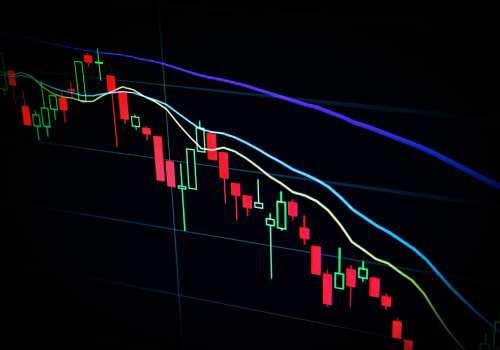Binary options are a type of investment that offer two possible outcomes—a predetermined payout or nothing at all. One-touch options are a type of binary option that offer investors a fixed payout if the asset they invest in reaches a predetermined price. This type of option is particularly attractive to traders who think that the price of an underlying asset will move beyond a certain point, but are unsure of whether the asset will remain at or above the predetermined price level. One-touch options can be extremely profitable, but they also come with some risks. In this article, we'll take a look at everything you need to know about one-touch options, including how they work, the different types available, and the potential risks involved. One-touch options are a type of binary option that allows traders to make a profit when the underlying asset reaches or surpasses a predetermined price.
The two main types of one-touch options are American-style and European-style. American-style one-touch options can be exercised at any point before the option expires, while European-style one-touch options can only be exercised at expiration. American-style one-touch options give traders more flexibility, as they can be used to take advantage of short-term market movements. For example, if a trader believes that a stock will reach a certain price within a given time frame, they can buy an American-style one-touch option with a predetermined payout.
If the stock reaches or surpasses the predetermined price, the trader will receive their payout. On the other hand, European-style one-touch options require the underlying asset to reach or surpass the predetermined price at the time of expiration in order for the option to pay out. One-touch options can also be used as a hedge against long-term investments. For example, if a trader is concerned about the potential for market volatility in the future, they can purchase a one-touch option with a predetermined payout that will offset any losses incurred from their long-term investment.
The advantages of one-touch options include their simplicity and flexibility. They are easy to understand and can be used to quickly take advantage of short-term market movements. Additionally, they are often less expensive than other types of options, making them an attractive option for traders with smaller trading accounts. The disadvantages of one-touch options include their high risk.
While they can offer higher payouts than other types of options, they also carry higher risks of loss. Traders should be aware of the potential risks associated with trading one-touch options and only use them if they fully understand how they work and are comfortable with the level of risk involved. In conclusion, one-touch options are a type of binary option that can be used to speculate on the short-term direction of an asset or to hedge against a long-term investment. They offer traders flexibility and have relatively low costs, but they also carry a high level of risk.
Traders should understand these risks before investing in one-touch options.
Types of One-Touch Options
One-touch options are a type of binary option that allows traders to make a profit when the underlying asset reaches or surpasses a predetermined price. There are several different types of one-touch options, each with its own set of advantages and disadvantages. The most common types include double one-touch, no-touch, and up/down options.Double One-Touch Options
Double one-touch options are a type of one-touch option where the investor wins if the underlying asset reaches either of two predetermined prices. These options are useful when the trader believes the underlying asset will move in two directions over the course of the trade.For example, if a trader believes that a stock will rise to a certain level and then fall again, they can purchase a double one-touch option with a lower and higher target price. If either price is reached, the investor will earn a profit.
No-Touch Options
No-touch options are the opposite of double one-touch options. These options pay out if the underlying asset does not reach either of two predetermined prices. This type of option is useful when the trader believes that the underlying asset will stay in a narrow range.For example, if a trader believes that a stock will stay between two prices for the duration of the trade, they can purchase a no-touch option with those two prices.
Up/Down Options
Up/down options are a type of one-touch option where the investor wins if the underlying asset reaches either of two predetermined prices, one lower and one higher. This type of option is useful when the trader believes that the underlying asset will move in either direction over the course of the trade. For example, if a trader believes that a stock will move up or down over the course of the trade, they can purchase an up/down option with both target prices. One-touch options can provide a high potential for profit in a short time frame, but they can be a risky investment. Different types of one-touch options can provide different levels of risk and reward, so it is important to understand the differences before you start trading.While one-touch options may be a suitable option for some traders, those looking for less risk may want to consider other types of binary options. It is important to remember that all trading carries risks, and it is important to understand the potential risks associated with one-touch options before entering into any trades.






